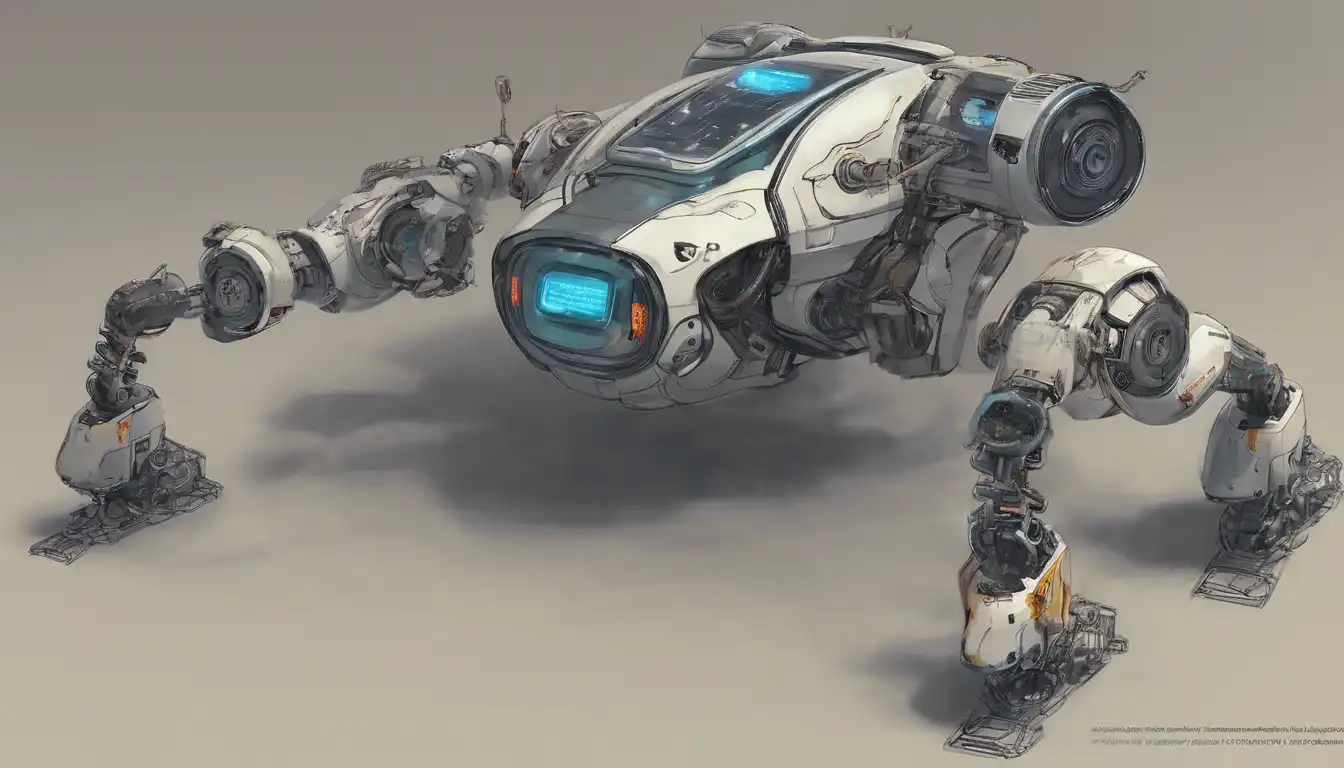Introduction to Ethical Robotics
The rapid advancement in robotics technology brings to the forefront a myriad of ethical considerations that developers, engineers, and society at large must grapple with. As robots become more integrated into our daily lives, the moral implications of their design, functionality, and deployment cannot be overlooked. This article delves into the ethical landscape of robotics development, highlighting key concerns and offering insights into how the industry can navigate these challenges responsibly.
The Importance of Ethical Considerations
Ethical considerations in robotics development are not just about preventing harm; they're about ensuring that technological advancements benefit humanity as a whole. From autonomous vehicles to AI-powered healthcare robots, the decisions made by developers can have far-reaching consequences. It's crucial to address these issues head-on to foster trust and acceptance among users.
Key Ethical Challenges in Robotics
Several ethical challenges stand out in the field of robotics development:
- Autonomy vs. Control: Determining the level of autonomy robots should have and how much control humans should retain over robotic actions.
- Privacy Concerns: Ensuring that robots equipped with sensors and cameras respect user privacy and data protection laws.
- Job Displacement: Addressing the potential for robots to replace human jobs and the societal impact of such shifts.
- Safety and Security: Guaranteeing that robots are safe to interact with and secure from hacking or misuse.
Strategies for Ethical Robotics Development
To navigate these ethical challenges, developers and stakeholders can adopt several strategies:
- Incorporating Ethical Design Principles: Embedding ethical considerations into the design process from the outset.
- Engaging with Diverse Stakeholders: Including ethicists, legal experts, and the public in discussions about robotics development.
- Implementing Robust Testing Protocols: Ensuring that robots undergo rigorous testing to identify and mitigate potential ethical issues before deployment.
- Adopting Transparent Practices: Being open about how robots make decisions and the data they collect to build trust with users.
Conclusion
As robotics technology continues to evolve, so too must our approach to its ethical development. By prioritizing moral considerations and adopting responsible practices, the robotics industry can ensure that its innovations serve the greater good. The journey toward ethical robotics is complex, but with collaborative effort and thoughtful dialogue, it's a challenge we can meet head-on.
For further reading on the intersection of technology and ethics, explore our articles on AI Ethics and The Future of Work in the Age of Automation.
